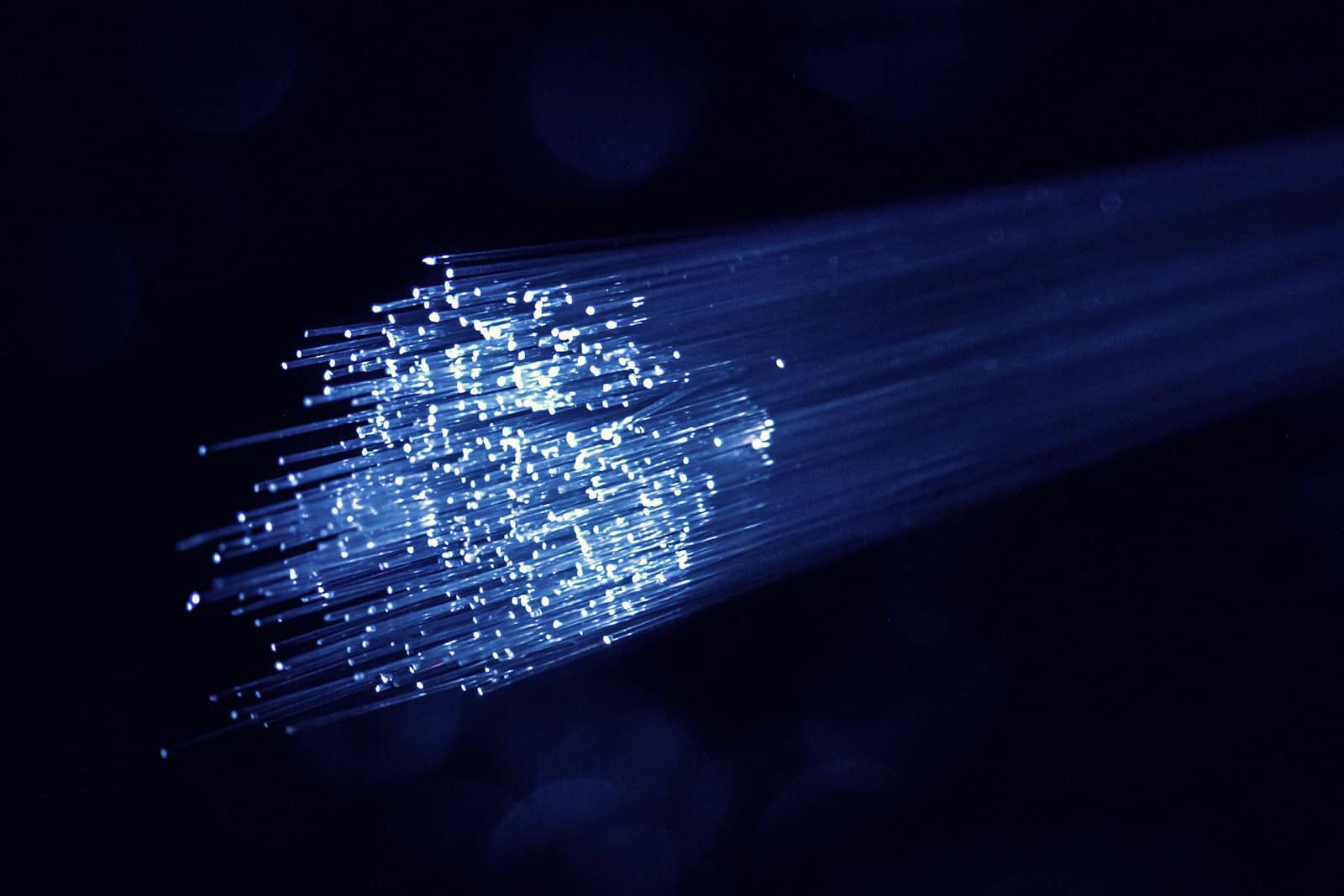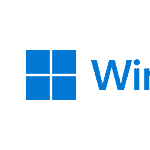Fiber internet is a broadband connection that allows for very fast data transfer speeds, which is an advancement from older internet technologies such as DSL and cable. Unlike traditional copper wires that electrical impulses use to transmit data, fiber optic cables use light to send information. These cables are made up of thin strands of glass or plastic known as optical fibers, which can carry much more data at once, greatly increasing internet speed and reliability.
Because of its light-based technology, fiber internet has several advantages over copper-based connections. It’s capable of sending large amounts of information at close to the speed of light, which means almost instantaneous data transfer, making it a favorable option for high-demand internet use. Fiber networks are also less susceptible to weather conditions and electromagnetic interference, which can affect the performance and consistency of copper cable connections.
Understanding Fiber Internet: A Faster, More Reliable Connection
How Does Fiber Internet Work?
Fiber internet uses thin strands of glass or plastic to transmit data as pulses of light. This is different from traditional cable internet, which uses copper wires to transmit data as electrical signals. The light pulses in fiber optics travel much faster than electrical signals, which is why fiber internet offers much higher speeds.
Advantages of Fiber Internet
Fiber internet boasts several advantages over traditional cable internet:
- Blazing-Fast Speeds: Fiber internet offers incredibly fast download and upload speeds, often symmetrical, meaning they are the same. This is perfect for activities like streaming 4K videos, online gaming, and video conferencing.
- Increased Reliability: Fiber optic cables are less susceptible to interference from electromagnetic sources, resulting in a more stable and reliable connection. Say goodbye to dropped connections and buffering!
- Future-Proof Technology: Fiber optic networks can easily be upgraded to accommodate increasing bandwidth demands. This means your fiber internet connection will likely be able to keep up with technological advancements for years to come.

Fiber Internet vs. Cable Internet
| Feature | Fiber Internet | Cable Internet |
|---|---|---|
| Speed | Up to 10 Gbps | Up to 1 Gbps (typically slower) |
| Reliability | More reliable | Less reliable |
| Bandwidth | Higher bandwidth | Lower bandwidth |
| Future-proofing | Easier to upgrade | More difficult to upgrade |
| Cost | Can be more expensive | Generally less expensive |
Is Fiber Internet Right for You?
If you’re a heavy internet user who demands fast speeds, high reliability, and a future-proof connection, then fiber internet might be the perfect choice for you. While it might be slightly more expensive than traditional cable internet, the benefits in terms of speed, reliability, and future-proofing are often worth the extra cost.
Availability of Fiber Internet
Fiber internet is not yet available everywhere, but its availability is rapidly increasing. Many internet service providers are investing in expanding their fiber optic networks to reach more customers. Check with your local providers to see if fiber internet is available in your area.
Key Takeaways
- Fiber internet uses optical fibers to transmit data using light, allowing for very fast speeds.
- It represents a significant step up from older technologies like DSL and cable.
- Fiber offers more reliable and consistent connections, especially for high-demand internet use.
Understanding Fiber Internet
Fiber Internet represents the cutting edge in broadband technologies. It delivers high-speed internet access using fiber-optic cables and is growing in popularity due to its speed and reliability.
Fundamentals of Fiber Technology
Fiber-optic technology transmits data as pulses of light through cables made of glass or plastic optical fibers. Unlike copper cables, which use electrical signals, fiber-optic cables carry much more data at faster speeds. Providers equip these cables with the ability to handle immense bandwidth capacity. This tech supports not just gigabit, but up to terabit speeds, making it a powerhouse for data transfer.
Fiber vs Other Broadband Technologies
In contrast to fiber, DSL and cable internet rely on copper cables and coaxial cable or phone lines. Fiber internet outpaces DSL and cable due to its use of light, which travels faster than electrical signals through copper wires. The thin glass fibers in fiber-optic cables provide a dedicated connection that’s less prone to interference and boosts performance.
- Speed: Fiber can reach speeds measured in Gbps (billions of bits per second), while DSL and cable typically offer Mbps (millions of bits per second).
- Latency: Fiber often comes with lower latency compared to its copper cable counterparts, which means less delay in communication over the network.
- Reliability: Fiber cables are less susceptible to weather and electrical interference, making them more reliable.
Advantages of Fiber Internet
The benefits of fiber internet are many. Its high-speed connections aid in smooth streaming, quick downloading of large files, and efficient online gaming.
- Bandwidth: High bandwidth allows more data to flow, ideal for homes or businesses with multiple users and devices.
- Symmetrical Speeds: Fiber typically provides equal upload and download speeds, useful for uploading content or cloud computing.
- Connectivity: Stable and reliable connections make fiber a favorite for critical operations needing consistent internet access without drops or interference.
Fiber internet becomes a game-changer for individuals and businesses alike, offering superior connectivity that keeps pace with the demands of modern internet use.







